The Original Hidden Picture Artists Were Dutch Masters
Finding Beyoncé is fun, but so are the minds of Pieter Bruegel the Elder and Hieronymous Bosch.
The adult coloring book fad may be losing popularity, but another genre of play once reserved for children is gaining ground in the adult world: the hidden picture book. Where children have long been tasked with trying to find Waldo, grown-ups can now find Beyoncé or Andy Warhol. One new game called Hidden Folks takes the concept a step further: to find the targets of your search, you might need to pick bananas, dig a hole, or peek behind, under, or inside one of many spots in a teeming panorama.
In German, there’s a special word for these type of picture books: wimmelbilderbuch. Wimmel comes from wimmeln, which means “to teem” and bilderbuch means picture book. Wimmelbilderbuch: a picture book teeming with images and life.
These books have been popular in Germany since the mid-20th century, when they were popularized by the artist Hans Jürgen Press. Wimmelbilderbuch are not necessarily framed around the search for a particular character in each image; many have a looser framework of “disordered complexity,” which gives readers a chance to make up their own stories, writes Cornelia Rémi, a German scholar of literature. Rémi calls these books “a narrative threshold genre” for children, who can learn “different strategies of coping with the world and telling stories.”
Part of the wonder and pleasure of these games are the detailed worlds portrayed in each scene. In every spot, a tiny story is playing out, and even without finding the designated person, it can be delightful to explore such pages. Master painters from the Netherlands—Hieronymus Bosch and Pieter Bruegel the Elder, most famously—knew this better than anyone. Back in the 15th and 16th centuries, long before German illustrators marshaled this type of imagery to engage children, these painters were using the same techniques. Consider, for instance, Breugel’s Children’s Games:
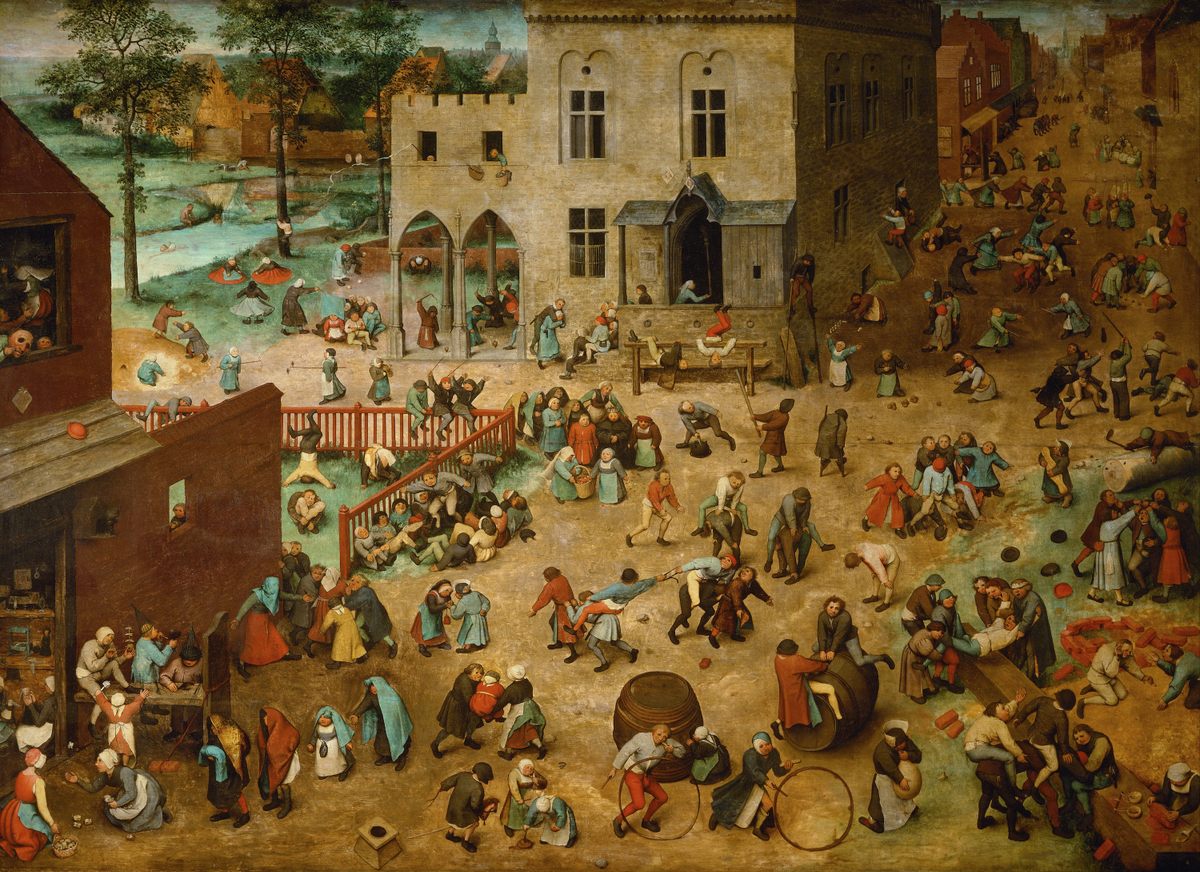
If you look at the details, you can find all forms of child’s play:
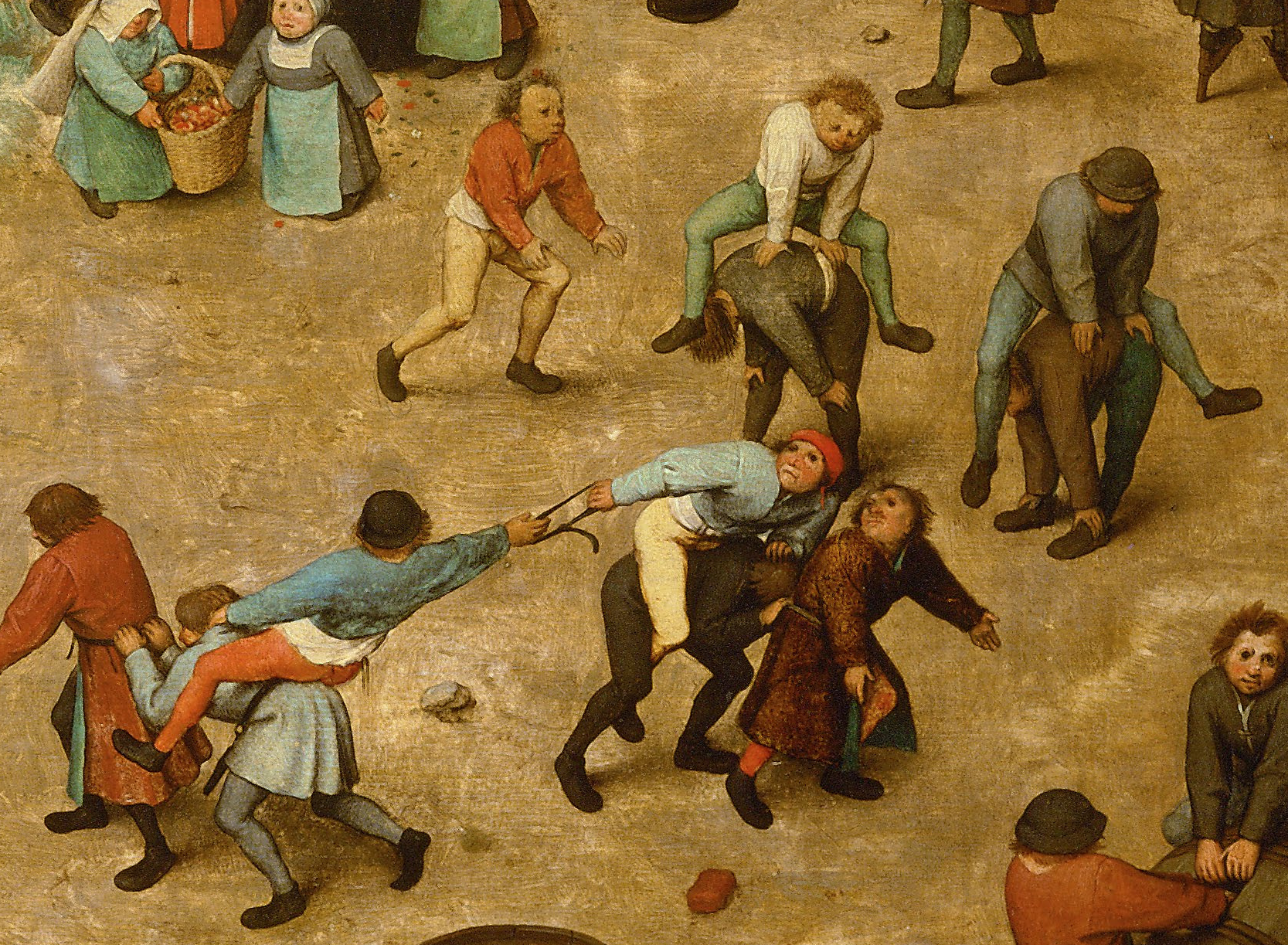
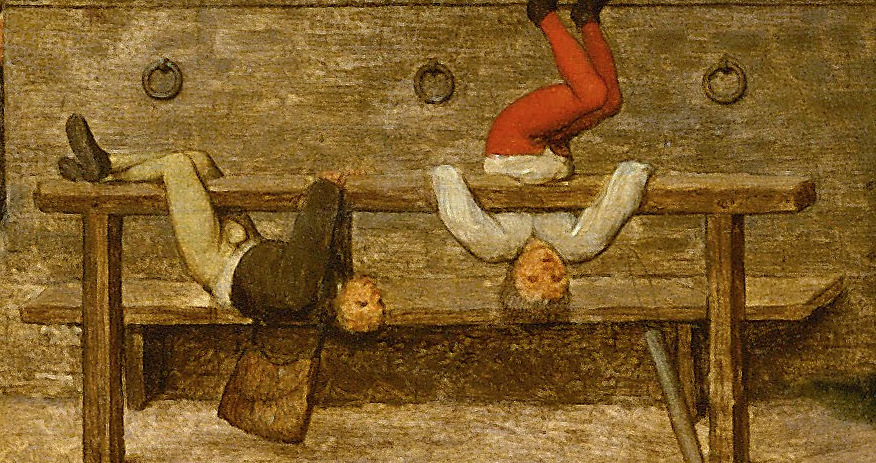
But also some more adult details:
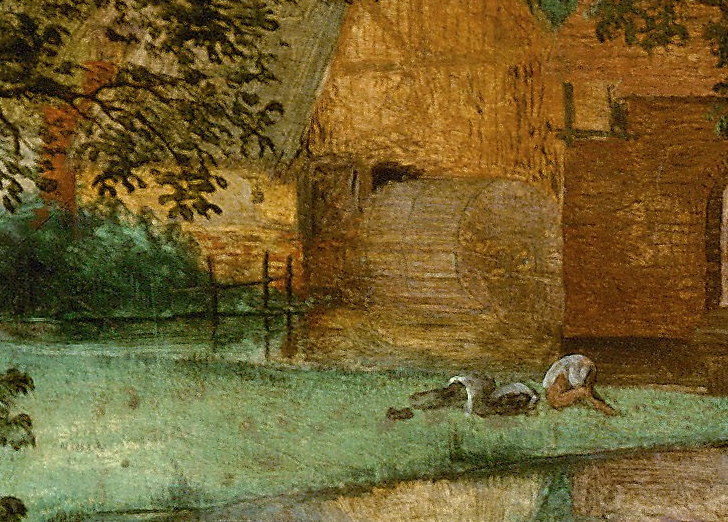
And here’s his painting portraying Dutch proverbs:
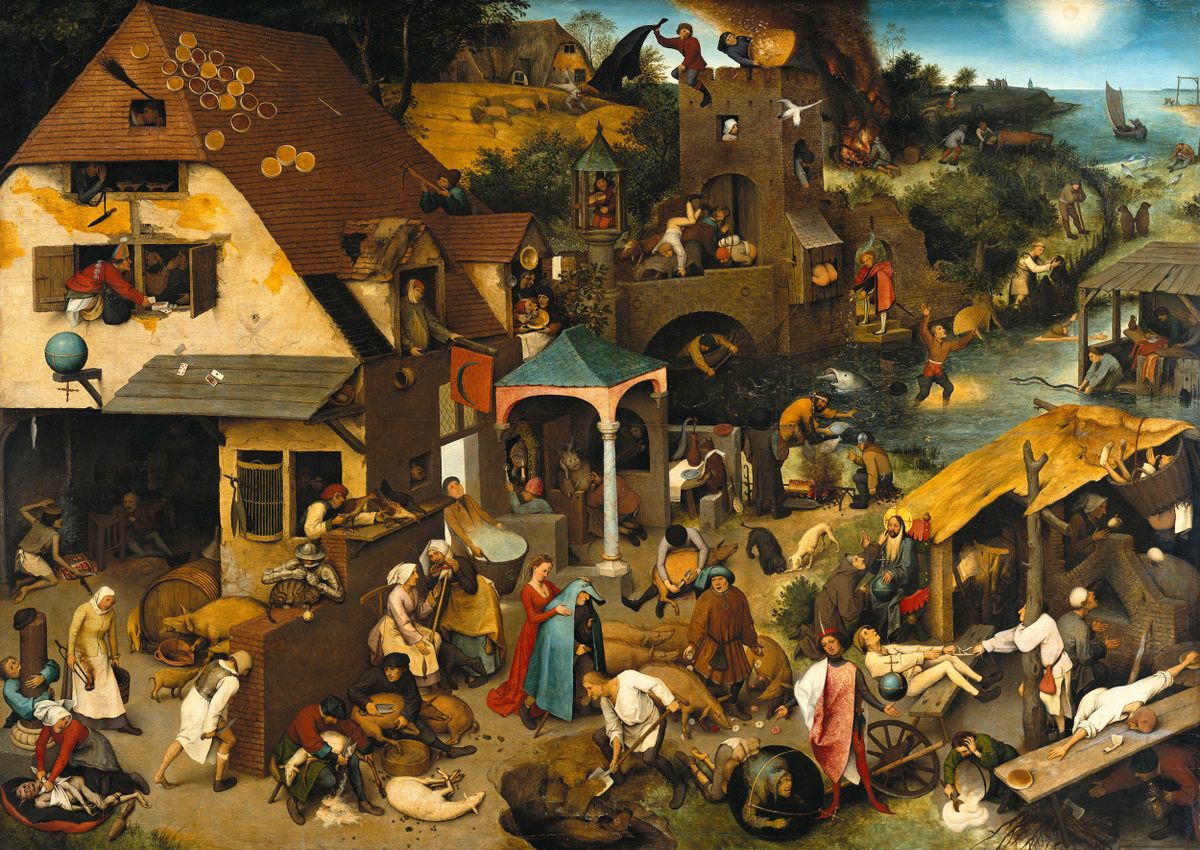
Which has its own evocative details:
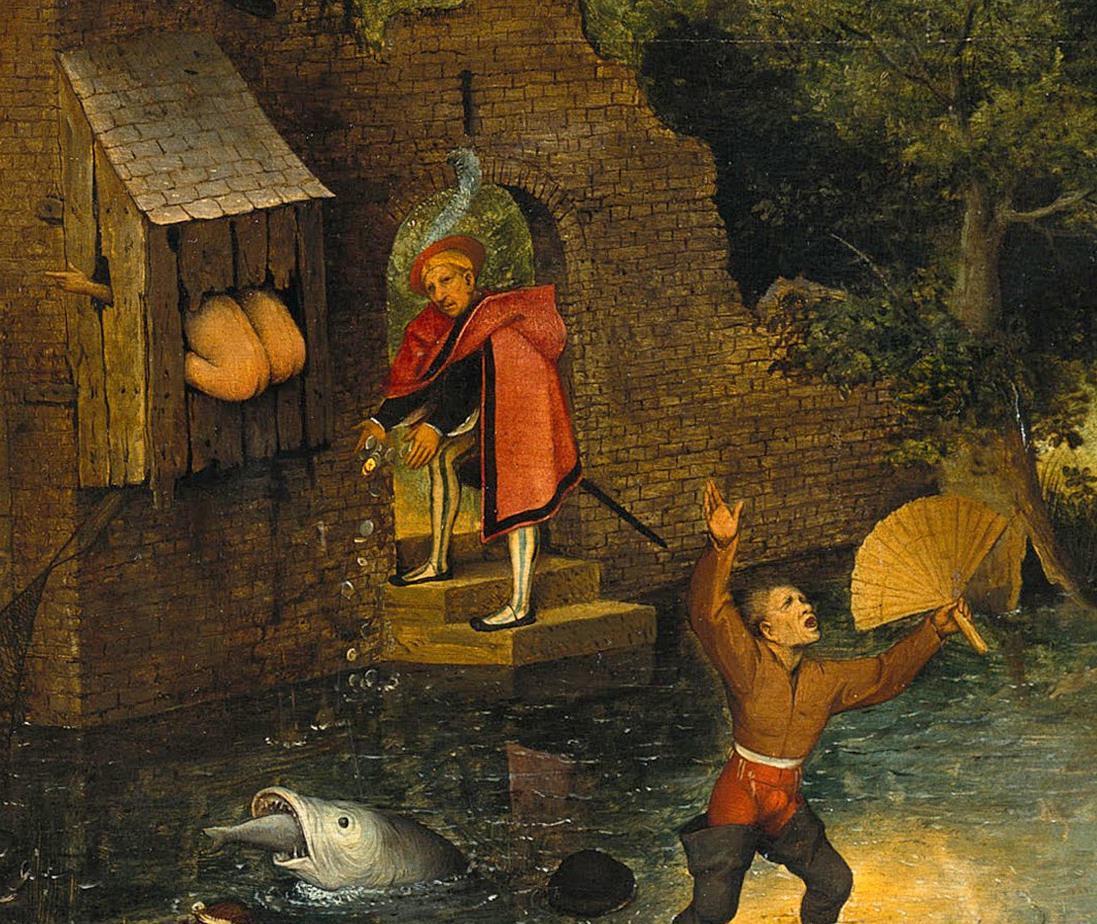

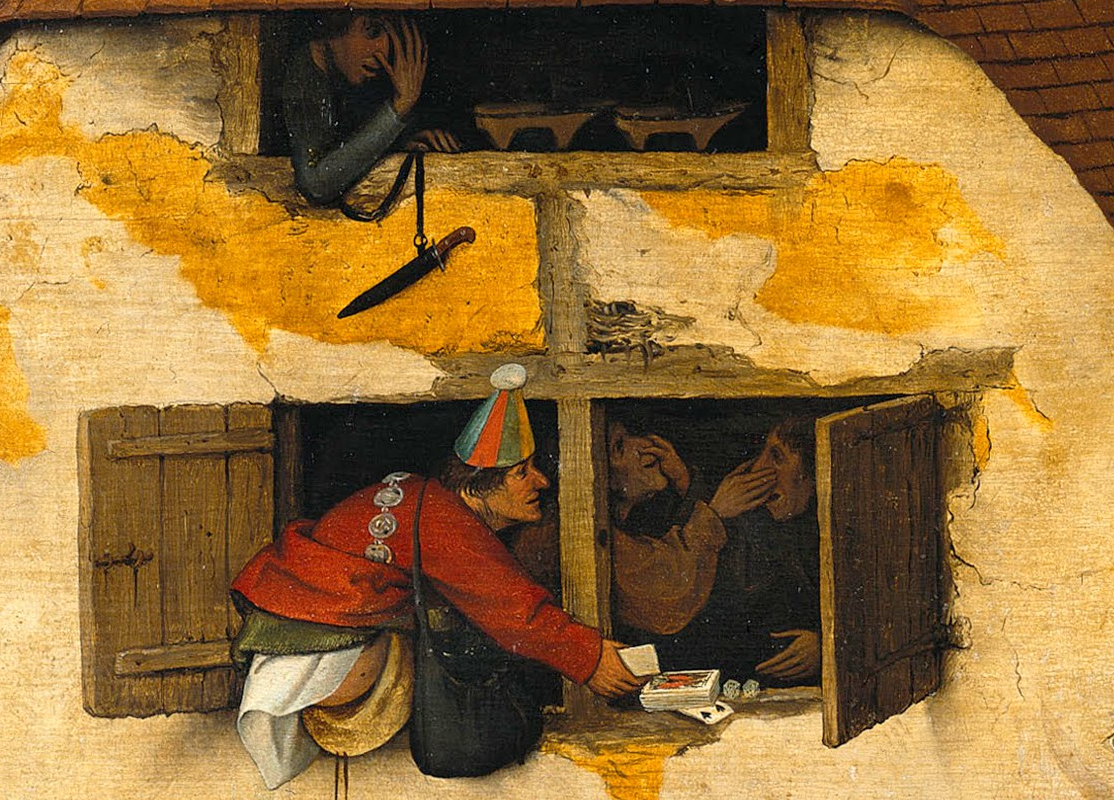
Bosch, who inspired Bruegel, had a much more disturbing world to portray. Here is his Garden of Earthly Delights:

Where you can find limbs aplenty:

But also dangerous spaces:

And disembodied ears:

It’s nearly impossible to describe one of these paintings. As Rémi puts it, “Any attempt at grasping a wimmelpicture exhaustively is doomed to fail.” Her interest is in the role such books can play in children’s cognitive development, but her assessment is also helpful to understanding why they might appeal to adults just as well. “Learning how to handle the demanding abundance of a wimmelpicture therefore implies learning how to cope with a complex world,” she writes.
We all need help coping with the overwhelming complexity of the world sometimes: even—maybe even especially—as adults. In a wimmelpicture, whether it features Beyoncé or Adam and Eve, it can feel like that might actually be an achievable goal.

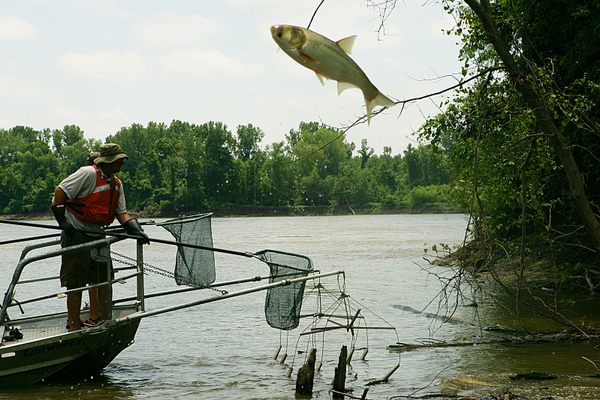
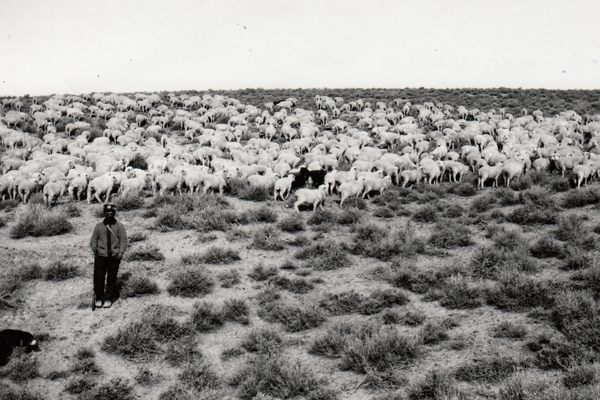





















Follow us on Twitter to get the latest on the world's hidden wonders.
Like us on Facebook to get the latest on the world's hidden wonders.
Follow us on Twitter Like us on Facebook